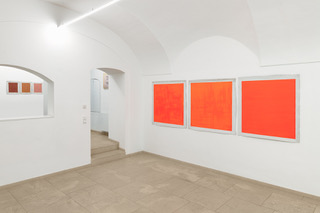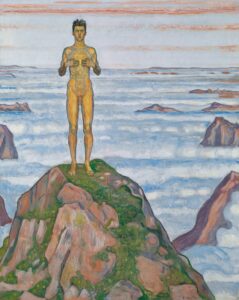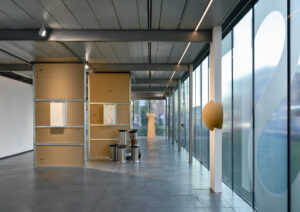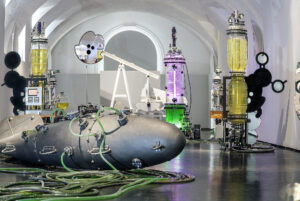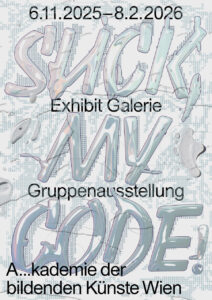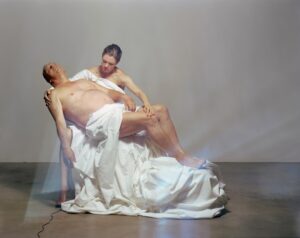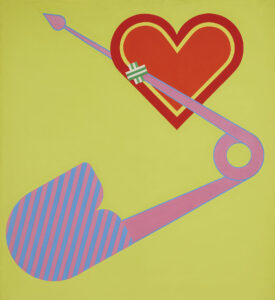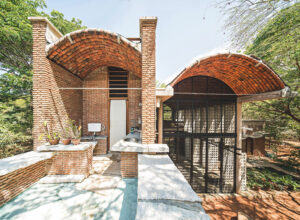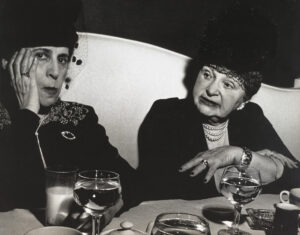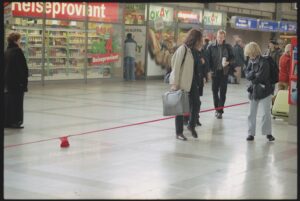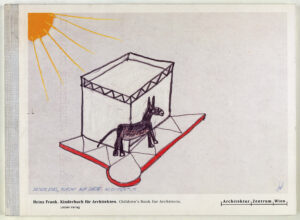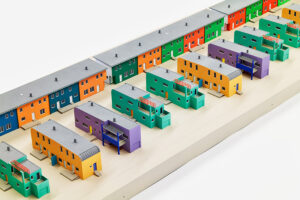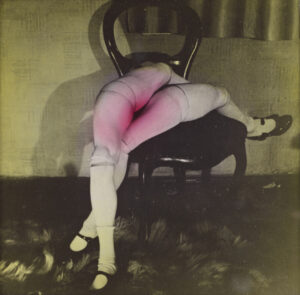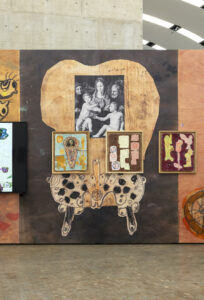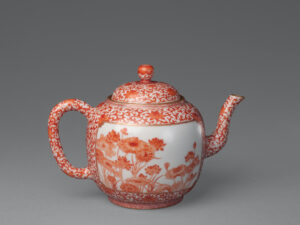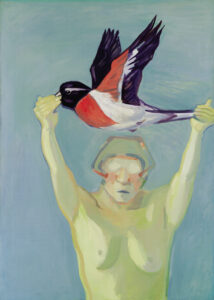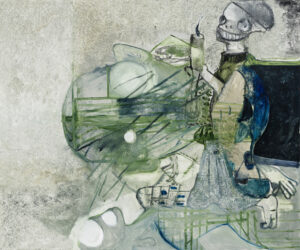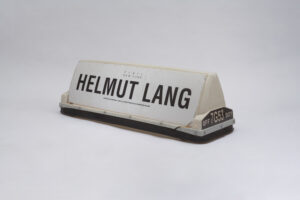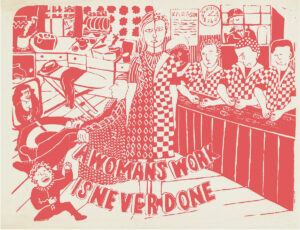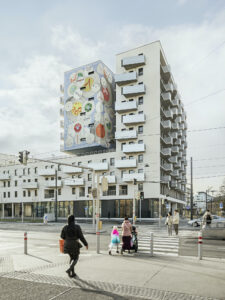In one of the most precious corners of the Clark County Historical Museum in Vancouver is the small “Brautigan” library, which houses unpublished manuscripts. It occupies no more than one wall, yet provides space for a large number of unpublished books. This library is exactly like the one in the book “The Abortion – An Historical Romance 1966”, written by Richard Brautigan – hence the name. A writer who owed his success to the premonition of his own failure. Disappointment, Brautigan said, was the safest place he had ever known, which no one could deny him as the top spot. The shelves described in the book are filled with rejections, pages upon pages frozen in that stage of the manuscript to which is added something worse than the disillusionment of non-publication: the verdict, often as unjust as it is final, of one’s own failure. Books, in other words, that do not exist.
Something comparable happens on the shelves of Ignasi Aballí’s studio. As in the room with the abandoned novels, various ghost works live there. They are failed attempts to complete some of his paintings. Many of them are monochrome works that served him for years to reflect on the concept of color and its meaning. Now they hang on the wall without stretcher frames, revealing profile and back, with the traces of the staples by which they were attached to the wooden structures. Some accumulate too much paint, while some capture different tones of the same color, and still others show certain optical changes due to the density of the brushstrokes. Those with a poor grounding as well as a brittle varnish found their way into Aballí’s series of works Pieles. Others with an irregular grounding became part of his well-known Rótulos. These are works that were not executed carefully enough, that were held in abeyance before their completion, and that carry more doubt than daring. They have all undergone, more or less, a temporary process of error, rejection, rejection or abandonment, until they have now acquired a new, appropriate, perhaps even correct meaning for the artist. These are ideas and concepts of error and correction that have preoccupied Aballí throughout his career and that are directly related to the project Corrección for the Spanish Pavilion in Venice at the 59th Biennale in 2022.

Grünangergasse 1, 1010 Wien
Galerie nächst St. Stephan Rosemarie Schwarzwälder
The Galerie nächst St. Stephan represents a lively tradition of engagement with modern art. Since the 1920s, it has been located in the same place in the centre of Vienna at Grünangergasse 1.
With the exhibition: Signs, Floods, Signals – New Constructive and Parallel, Rosemarie Schwarzwälder presented a programme in 1984 whose basic elements are still valid today in numerous solo and group exhibitions. International positions of abstraction and conceptually based art in the fields of painting, sculpture, installation, photography and video are continuously present in the gallery programme.
IGNASI ABALLÍ: Wrong, Rejected, Discarded, Abandoned and Finally Exhibited Paintings
27 Apr 2023 - 17 Jun 2023
Galerie nächst St. Stephan Rosemarie Schwarzwälder, Grünangergasse, Wien, Österreich
Courtesy Galerie nächst St. Stephan Rosemarie Schwarzwälder, Photo: Markus Wörgötter
